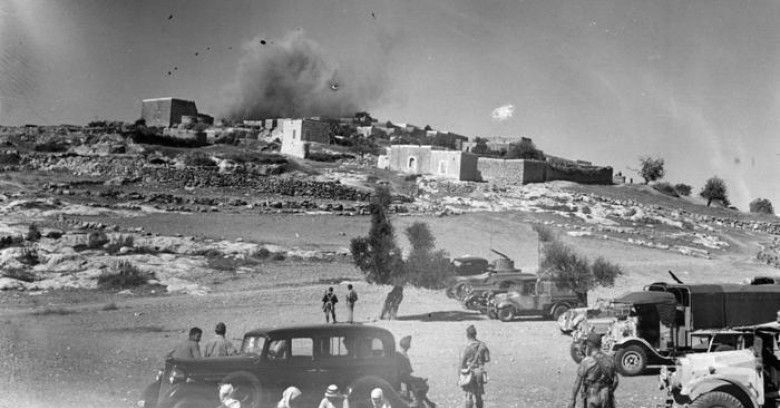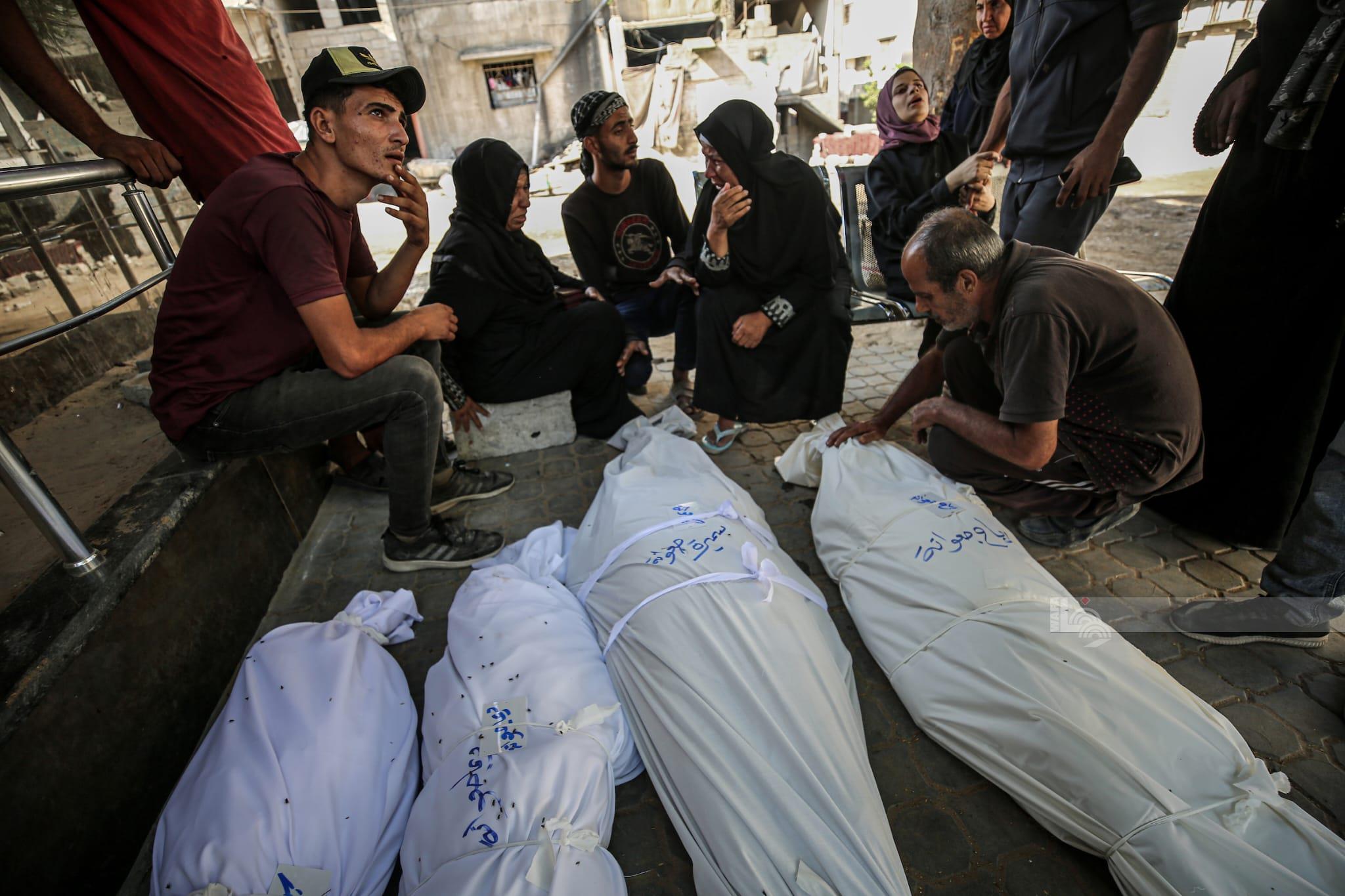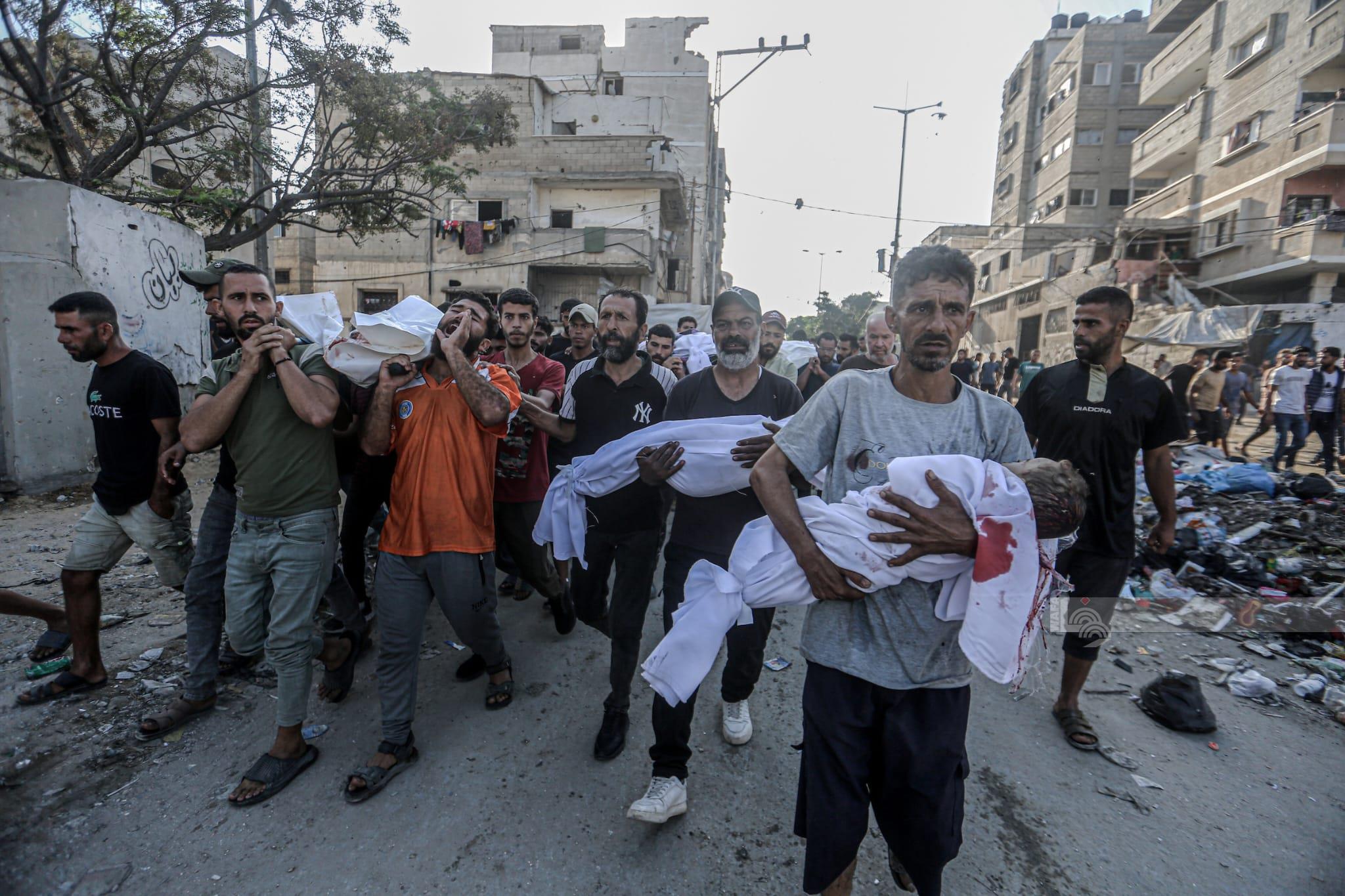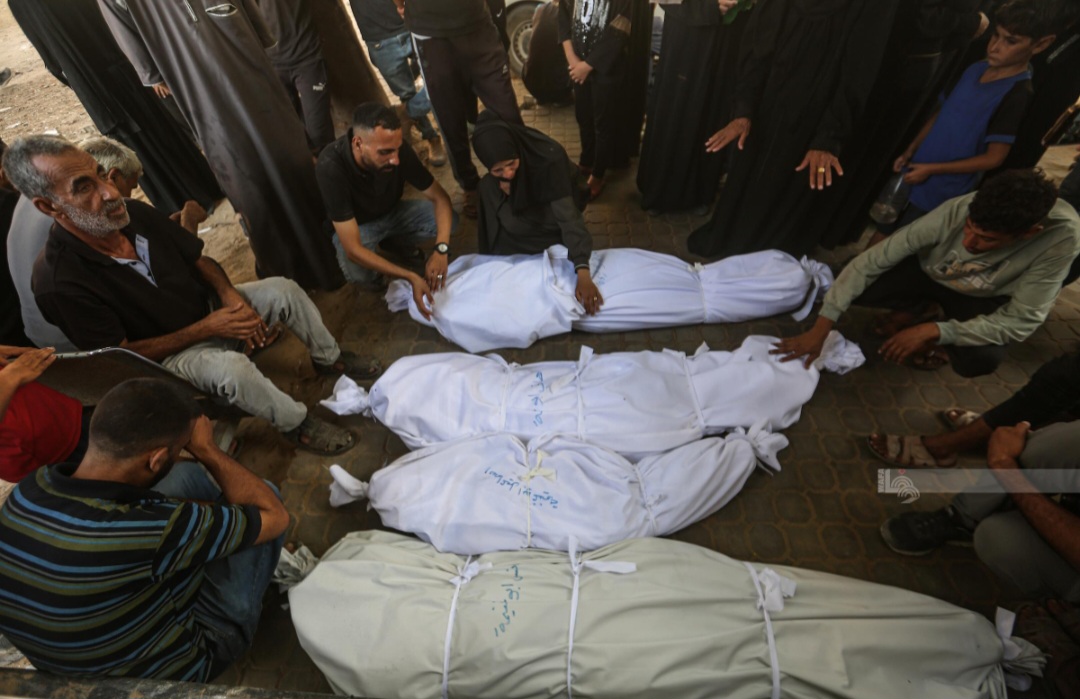RAMALLAH, July 11, 2011 (WAFA) - On the eve of International Population Day, the Palestinian Central Bureau of Statistics (PCBS) said the total population of the Palestinian Territory in mid-2011 is about 4.17 million: 2.58 million in the West Bank and 1.59 million in the Gaza Strip.
Based on estimates prepared by PCBS according to the results of the Population, Housing and Establishment Census of 2007, the total population of the Palestinian Territory in mid-2011 is about 2.12 million males and 2.05 million females. The estimated population of the West Bank is 2.58 million: 1.31 million males and 1.27 million females, while the estimated population of the Gaza Strip totaled 1.59 million: 806 thousand males and 782 thousand females. The percentage of urban population in mid-2011 is about 73.8% while the percentage of population in rural areas and refugee camps is 16.9% and 9.3% respectively.
The population of the Palestinian Territory is young; the percentage of individuals aged 0-14 constitutes 40.8% of the total population in mid-2011 of which 38.9% is in the West Bank and 44.1% in the Gaza Strip. Elderly population aged 65 years and over constitutes 2.9% of the total population of which 3.3% is in the West Bank and 2.4% is in the Gaza Strip in mid-2011.
Population density of the Palestinian Territory is generally high at 693 persons/Km2, particularly in the Gaza Strip at 4,353 persons/km2 compared to lower population density in the West Bank at 456 persons/Km2 in mid-2011.
High Fertility Rates in the Palestinian Territory in 2010
Fertility in the Palestinian Territory is considered high compared to other countries, although data of the last decade of the previous century reveal that fertility is declining. According to preliminary results of the family health survey 2010, the total fertility rate in the Palestinian Territory had declined to 4.2 births in 2010 compared to 6.0 births in 1997. At the regional level, the fertility rate in the Gaza Strip was higher than in the West Bank during the period between 1997-2010, where it reached 3.8 births in 2010 in the West Bank compared to 5.6 births in 1997 and 4.9 births in the Gaza Strip in 2010 compared to 6.9 births in 1997.
Population projections revealed that the crude birth rate in Palestinian Territory is expected to drop from 32.8 births per 1000 of the population in 2011 to 31.9 births in 2015.
More Decline in Crude Death Rates in the Next Five Years
Available data shows that crude death rates are relatively low compared to rates prevailing in Arab countries. Crude death rate is expected to decline in the Palestinian Territory from 4.0 deaths per 1000 of the population in 2011 to 3.6 deaths per 1000 in 2015. The crude death rate in the West Bank is expected to drop from 4.1 in 2011 to 3.8 deaths per 1000 in 2015, while in the Gaza Strip, it is expected to drop from 3.9 deaths in 2011 to 3.5 per 1000 in 2015. These results may reflect the improvement in the quality of life, access to medical services, development of health services and increased health awareness among the population.
Decline in Average Household Size
The total estimated households in the Palestinian Territory is 714,960: 469,397 households in the West Bank and 245,563 in the Gaza Strip in mid-2011. Data revealed a decline in the average household size in the Palestinian Territory during the period between 1997-2010 from 6.4 persons in 1997 to 5.9 in 2010. This average declined in the West Bank from 6.1 persons in 1997 to 5.6 in 2010, while it declined in the Gaza Strip from 6.9 persons to 6.5 for the same period.
The results of the Labor Force Survey of 2010 showed that 8.4% of households are headed by females in the Palestinian Territory: 9.6% and 7.2% respectively in the West Bank and the Gaza Strip. The size of female-headed households is relatively small, with an average size of 3.2 persons compared to 6.2 persons for male-headed households.
Participation in Labor Force
Participation in labor force is a key indicator of the extent of labor market activity and effectiveness in providing job opportunities. The results of a labor force survey revealed that the labor force participation rate is 41.0% of the total labor force (persons aged 15 years and over) in the 1st quarter of 2011, of which 43.2% is in the West Bank compared to 37.0% in the Gaza Strip.
The female participation rate in the labor force is very low, at 14.7%, compared to male participation rate. 16.7% of the female rate is in the West Bank and 11.0% is in the Gaza Strip, against 66.7% for males of which 69.0% is in the West Bank and 62.5% is in the Gaza Strip.
Unemployment
The results showed that more than one fifth of participants in the labor force were unemployed in the 1st quarter of 2011 at 21.7%: 17.4% of whom are in the West Bank and 30.8% in the Gaza Strip. Unemployment rate reached 27.3% among females compared to 20.5% among males.
Monthly Household Expenditure
The results of the Palestinian expenditure and consumption survey of 2010 revealed that the average monthly household expenditure on various goods and services amounted to 556.9 JDs in the Palestinian Territory: 993.8 JDs in the West Bank compared to 680.7 JD in the Gaza Strip.
The major share of cash expenditure was on food at 36.4% of total expenditure (34.1% in the West Bank compared with 42.6% in the Gaza Strip).
Poverty
The relative poverty line and the deep poverty line according to consumption patterns (for reference households consisting of 2 adults and 3 children) in the Palestinian Territory in 2010 were 2,237 NIS (US$609) and 1,783 NIS (US$478) respectively. The poverty rate among Palestinian households was 25.7% (18.3% in the West Bank and 38.1% in the Gaza Strip).
2010 data revealed that the percentage of individuals (15 years and over) who completed university education (a bachelor degree and above) was 10.4%, while the percentage of individuals who did not complete any stage of education reached 11.2%. The results showed differences between males and females in educational attainment, where the percentage of males who have completed university education (bachelor and above) was 11.5% compared to 8.3% for females. As for those who did not complete any stage of education, their percentage among males was 8.35% compared to 14.2% for females.
Illiteracy
Illiteracy rate among individuals aged 15 years or over in the Palestinian Territory was 5.1% in 2010. The female illiteracy rate was more than three times higher than that of males in 2010, at 2.4% and 7.8% respectively for males and females. The results showed differences in illiteracy rate between the West Bank and the Gaza Strip at 5.2% and 4.8% respectively.
Computer
The percentage of households who had personal computers in 2009 in the Palestinian Territory was 49.2% of which 51.1% was in the West Bank and 45.6% was in The Gaza Strip.
Internet
Available data indicated that 28.5% of households in the Palestinian Territory had Internet access in 2009, of which 27.2% was in the West Bank and 30.9% was in the Gaza Strip. The data showed that more than half of individuals (10 years and over) could use the Internet (59.1%). While 32.3% of individuals were using the Internet, this percentage varied significantly between males and females at 38.2% and 26.2% respectively.
Health Services in the Palestinian Territory
Data showed that the Ministry of Health supervised the running of 32.9% of the hospitals and 58.8% of total hospital beds in 2010, while UNRWA supervised the running of 1.3% of hospitals and 1.2% of total beds. Non-governmental organizations supervised the running of 36.8% of hospitals in the Palestinian Territory and 29.3% of total hospital beds, while the private sector supervised the running of 26.3% of hospitals and 9.3% of total hospital beds. Data showed that the military supervised the running of 2.6% of the hospitals and 1.4% of total hospital beds in 2010.
Disabilities
About 113 thousand people have disabilities in the Palestinian Territory of which 75 thousand are in the West Bank, or 2.7% of the total population, and 38 thousand are in the Gaza Strip, or 2.4% of the total population. The ratio is 2.9% among males and 2.5% among females within the Palestinian Territory.
Housing Units Ownership
In 2010, the percentage of Palestinian households in which a family member owned a housing unit was about 83.6%: 81.8% of the West Bank and 86.9% of the Gaza Strip, while the percentage of households who were living in rented houses in the Palestinian Territory was 8.7%: 10.3% in the West Bank and 5.5% in The Gaza Strip.
Connection to Public Networks
Available data for 2010 showed that 91.4% of households in the Palestinian Territory lived in houses that are supplied with drinking water from public networks, of which 96.9% were in the Gaza Strip and 88.5% were in the West Bank. Moreover, the majority of households (99.9%) in the Palestinian Territory lived in houses connected to the electricity network.
About 54.4% of Palestinian households were living in houses connected to cesspits through which waste water is disposed, of which 59.5% were in the West Bank and 18.0% were in the Gaza Strip. 52.1% of Palestinian households were living in houses connected to a public sewage network of which 40.1% were in the West Bank compared with 81.9% in the Gaza Strip.
F.J.












